The Protein Biochemistry facility maintains a large instrument park for sample preparation and characterization. All instruments available for our users can be booked via PPMS. A short training may apply before instruments can be used independently. External users can request an account for PPMS here.
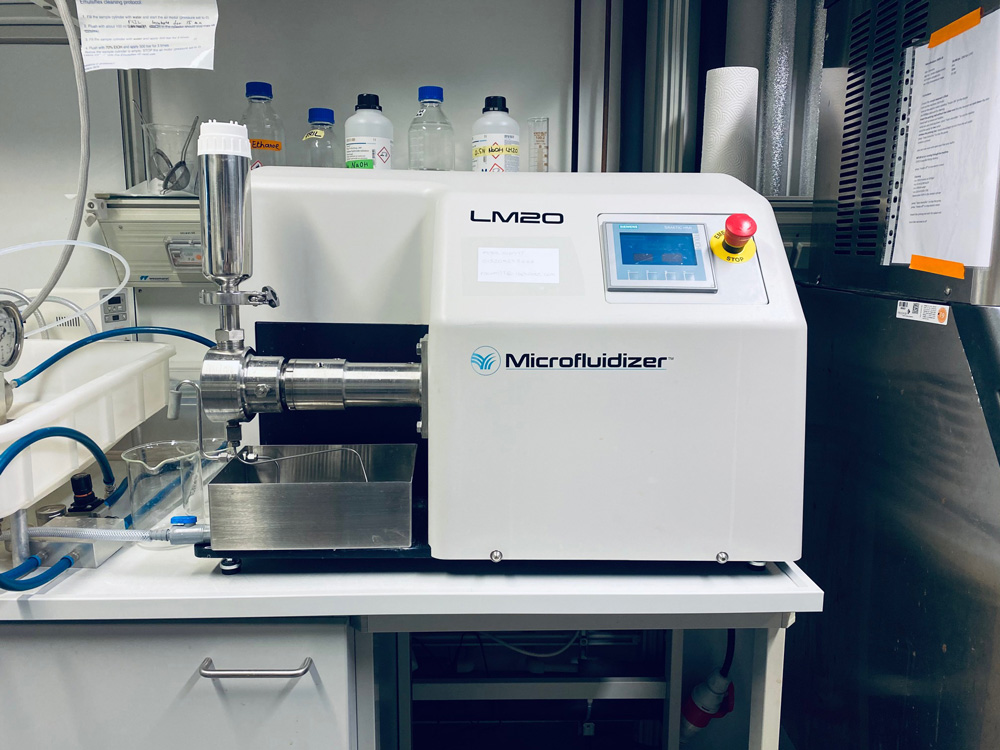
for mechanical lysis of cells from bacterial, yeast, insect, or mammalian origin. Can reach pressures up to 32k psi and allows throughput of volumes between 50 and 500 ml.
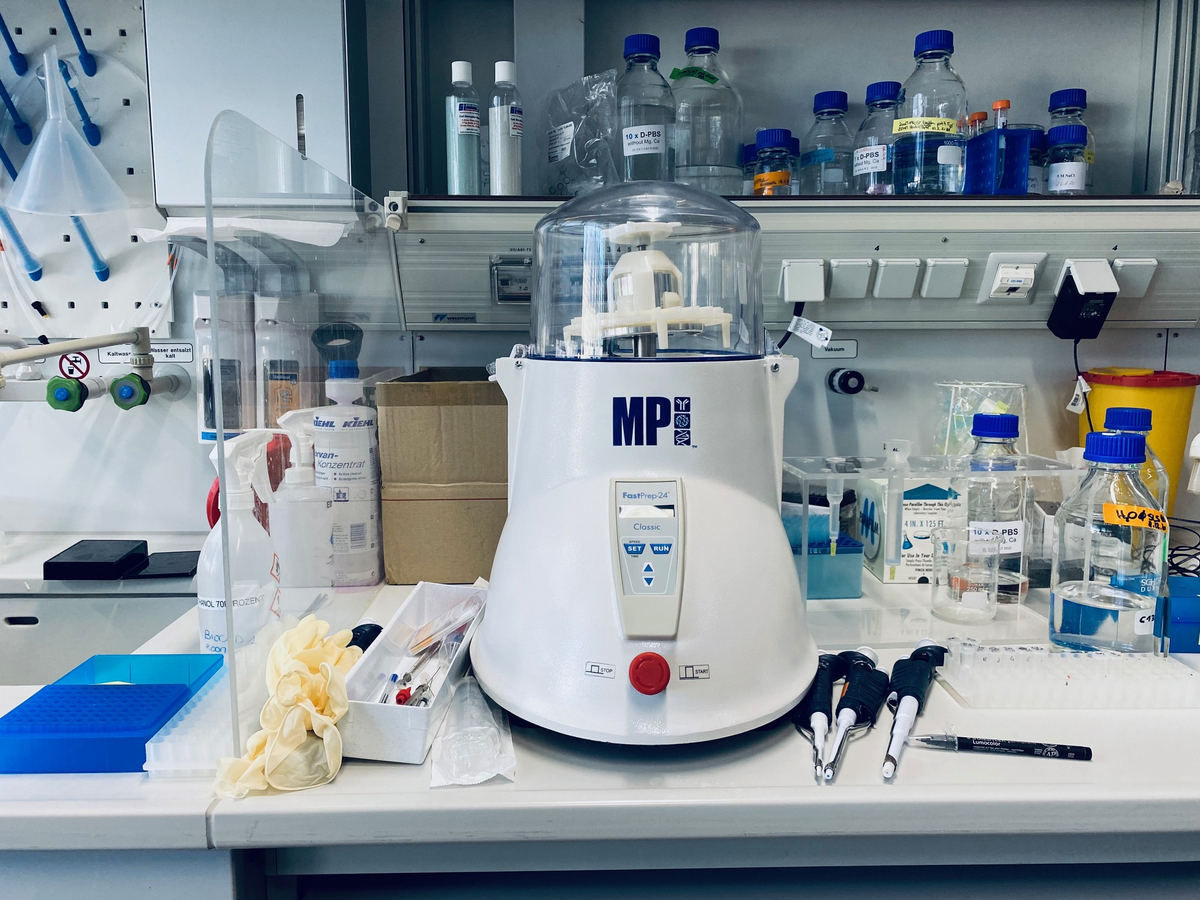
for mechanical lysis using bead-beating of diverse biological materials, such as cell pellets and hard tissues. For sample volumes below 0.5 ml. Allows simultaneous processing of 24 samples.
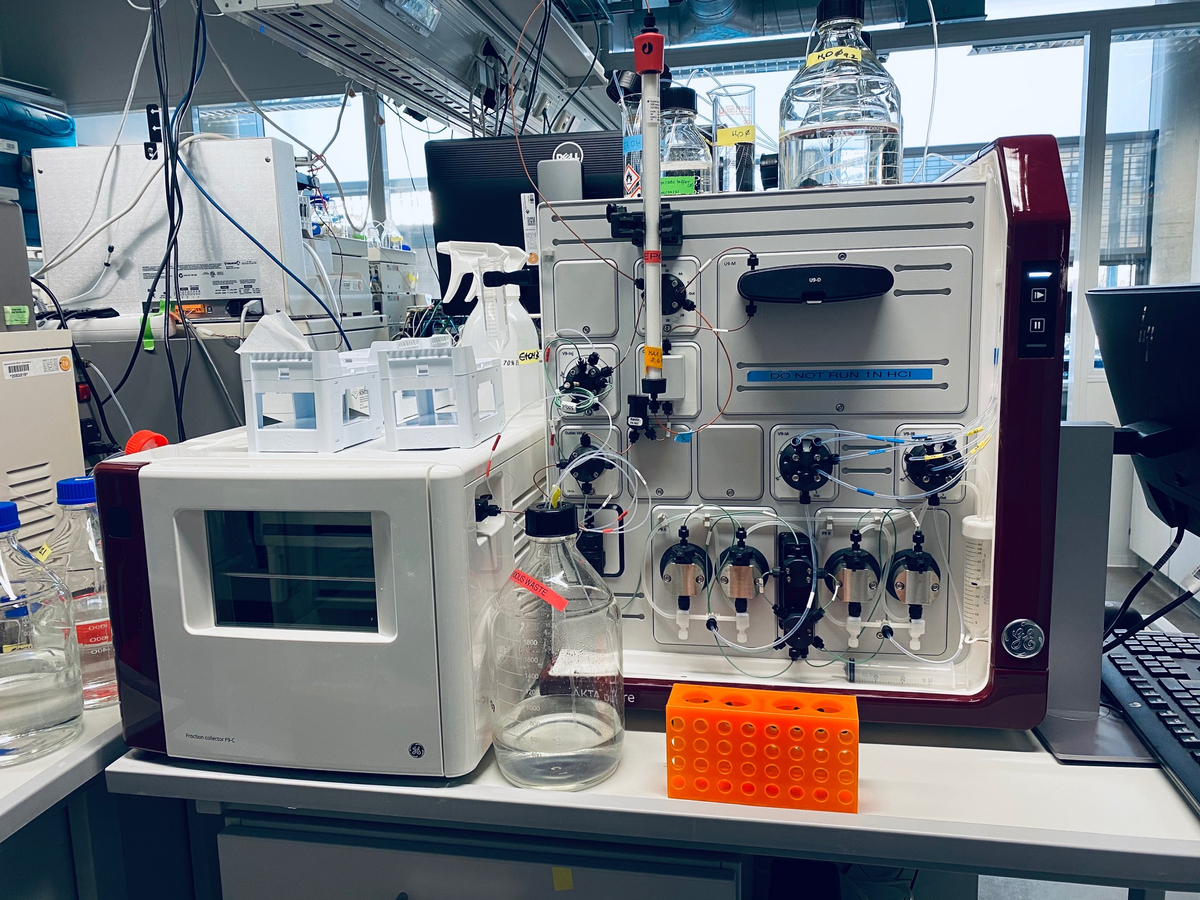
automated preparative FPLC systems with fraction collectors for the purification of target proteins by affinity-, ion exchange-, hydrophobic interaction- and size exclusion-chromatography. Two systems are placed in the coldroom and two are operated at room temperature. For both temperatures one system is available with a sample pump.
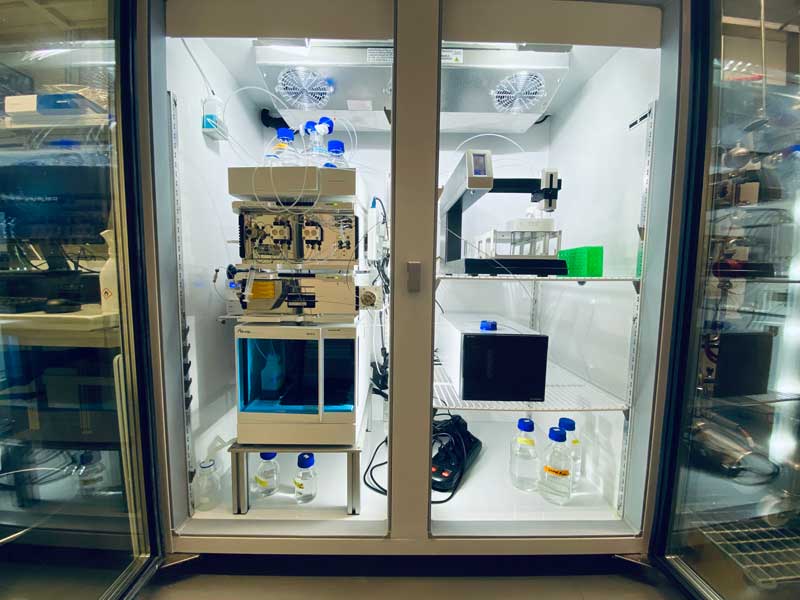
automated analytical FPLC system with autosampler, dual wavelength fluorescence detector, and fraction collector. Allows the evaluation of protein quality by fluorescent size-exclusion chromatography (FSEC) in small cell lysates without purification for rapid screening of protein expression conditions. Available at room temperature and below.
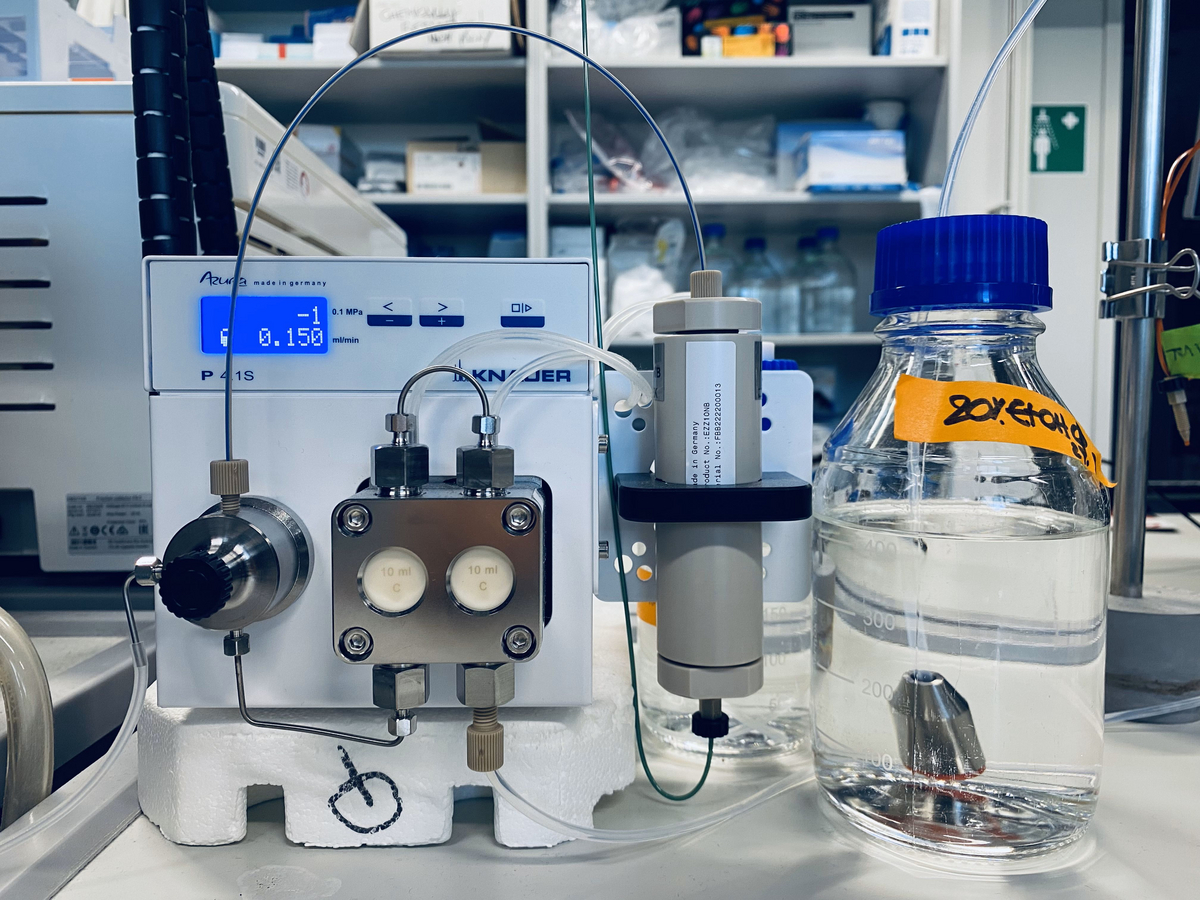
programmable FPLC pump for basic operations such as column equilibration, washing and, not unimportant, column cleaning. Stationary cold room and room temperature systems are available.
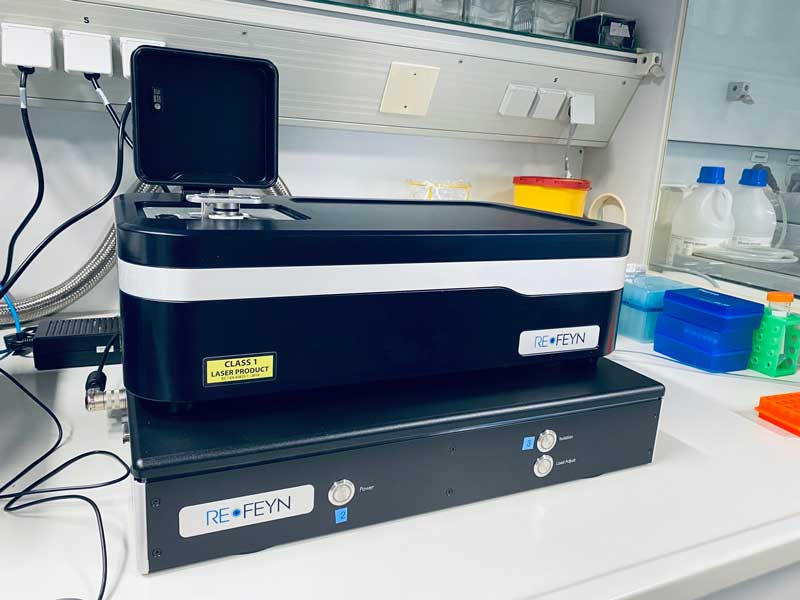
for measuring the molecular weight between 30 kDa up to 5 MDa of purified proteins, DNA, or complexes composed of protein, DNA, and/or lipids. Allows the determination of sample homogeneity, protein oligomeric state, and binding affinity at very low concentration (approximately 10 nM), in solution and under label-free conditions. Based on interferometric scattering (iSCAT) microscopy.
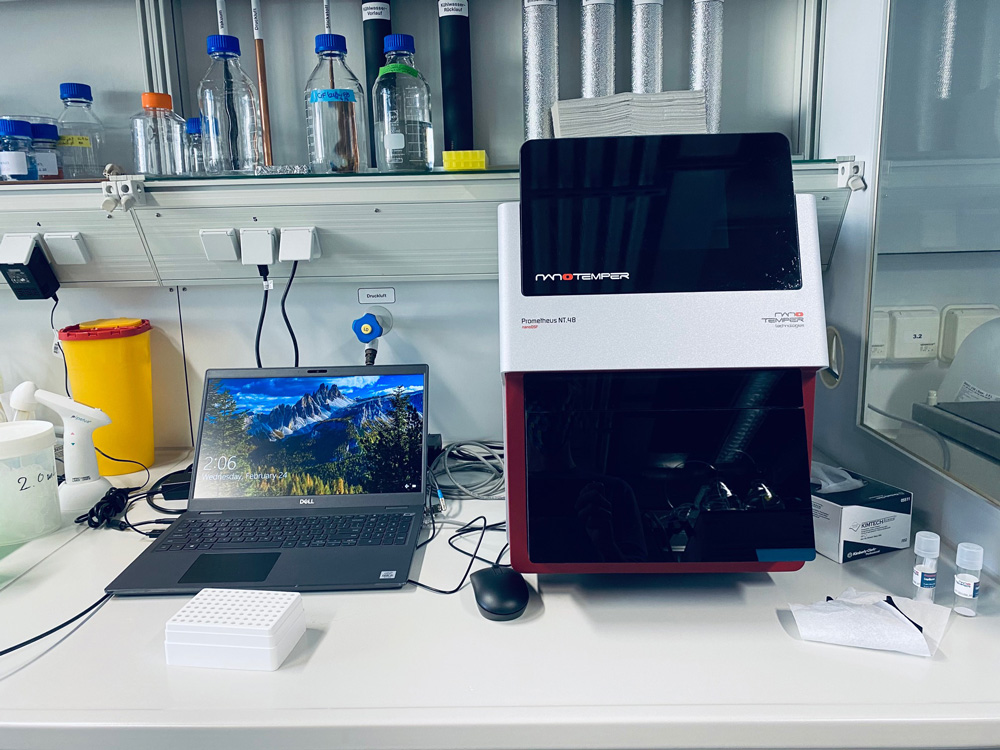
for label-free determination of the melting temperature and stability of your target protein. Allows to scout buffer conditions for optimal protein stability, compare different protein batches or protein variants, and identify protein interaction partners. Based on the environment-sensitive fluorescence of tryptophan and tyrosine residues.
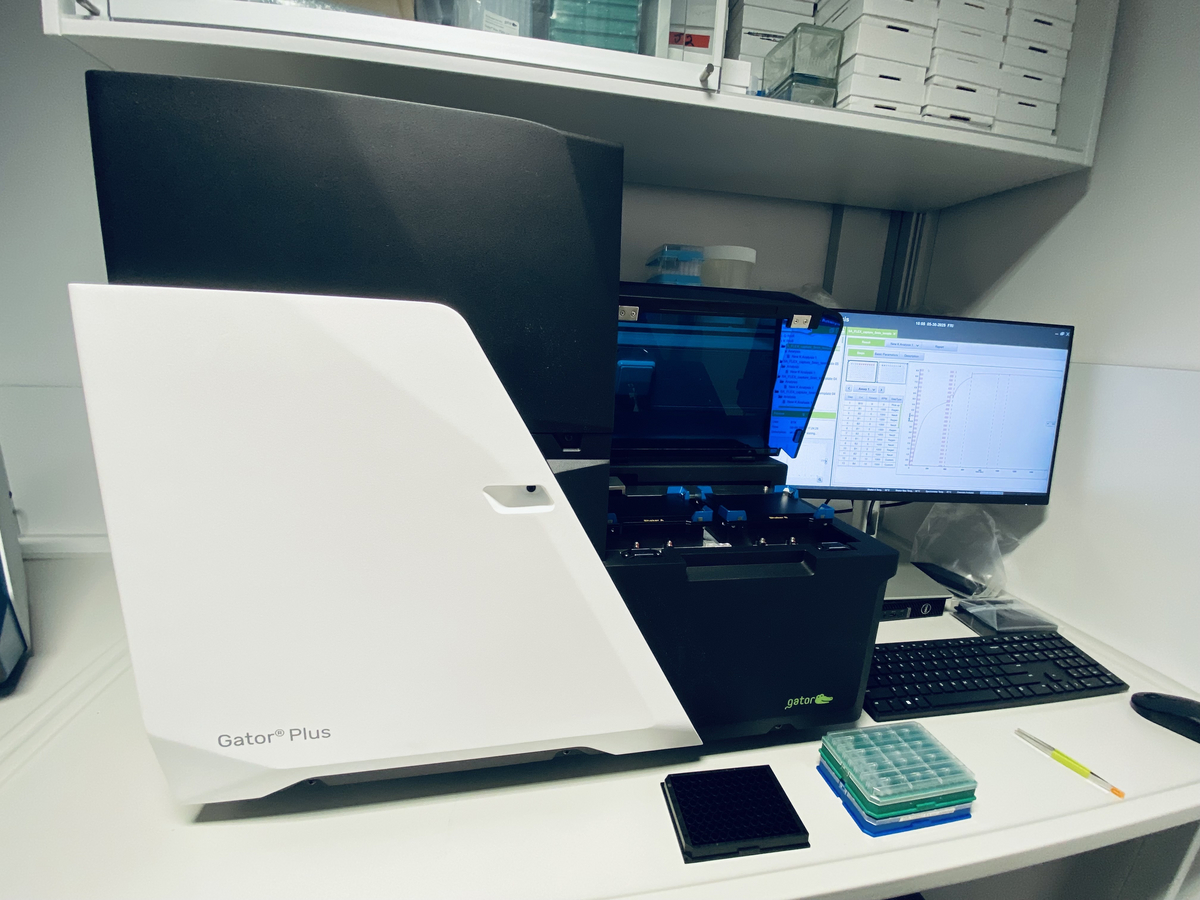
for determining the kinetic constants that govern biomolecular interactions. Separately measures the rates of association and dissociation, the parameters that determine the binding affinity (pM to low mM regime) and the half-life of the complex. Based on Bio-Layer Interferometry (BLI). Requires minimal amounts of your precious sample.
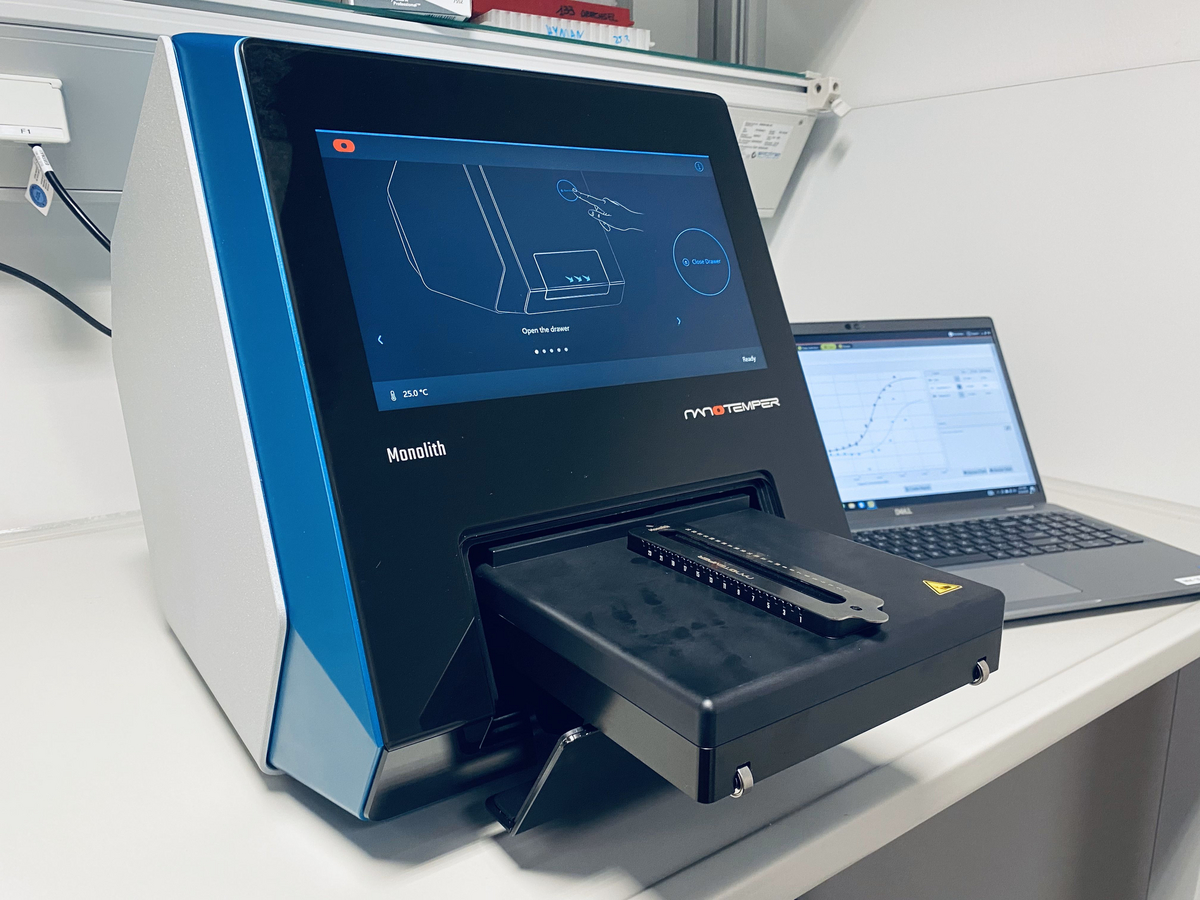
for measuring the strength of biomolecular interactions in solution. Combines Micro-Scale Thermophoresis (MST) and Spectral Shift technology to quantify binding affinities in the nM to low mM regime using minimal amounts of your precious sample.
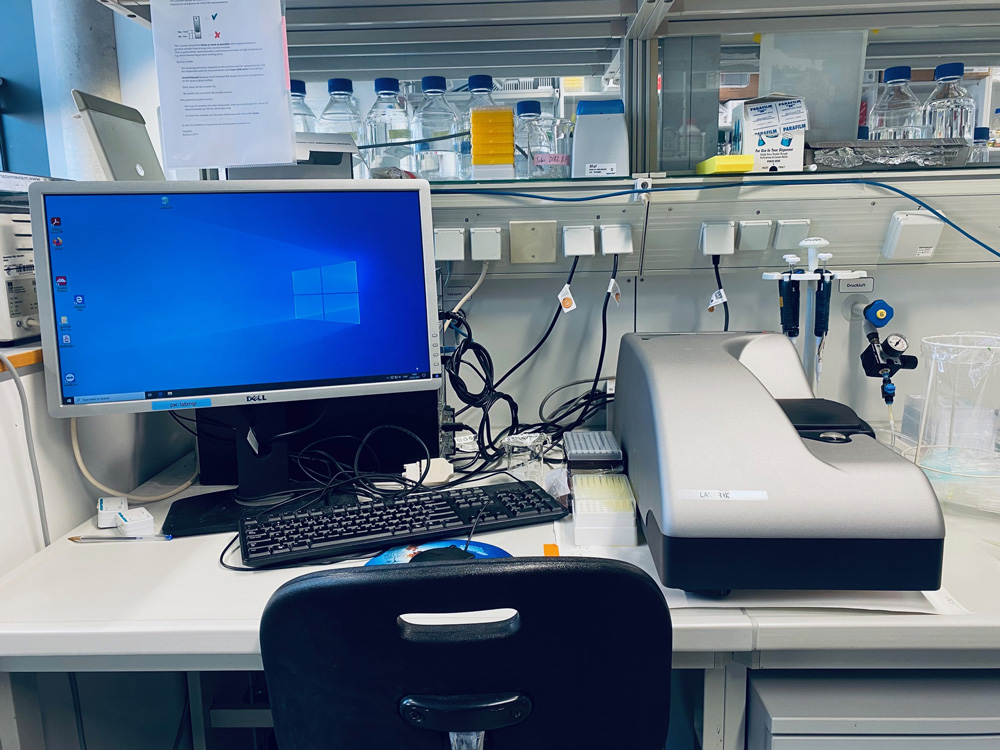
evaluate the monodispersity and hydrodynamic radius of your sample, e.g., proteins or liposomes, by measuring the diffusion coefficient obtained by dynamic light scattering (DLS). Also allows determining the aggregation propensity of proteins and liposomes, e.g., for buffer optimization, by measuring the Zeta potential.
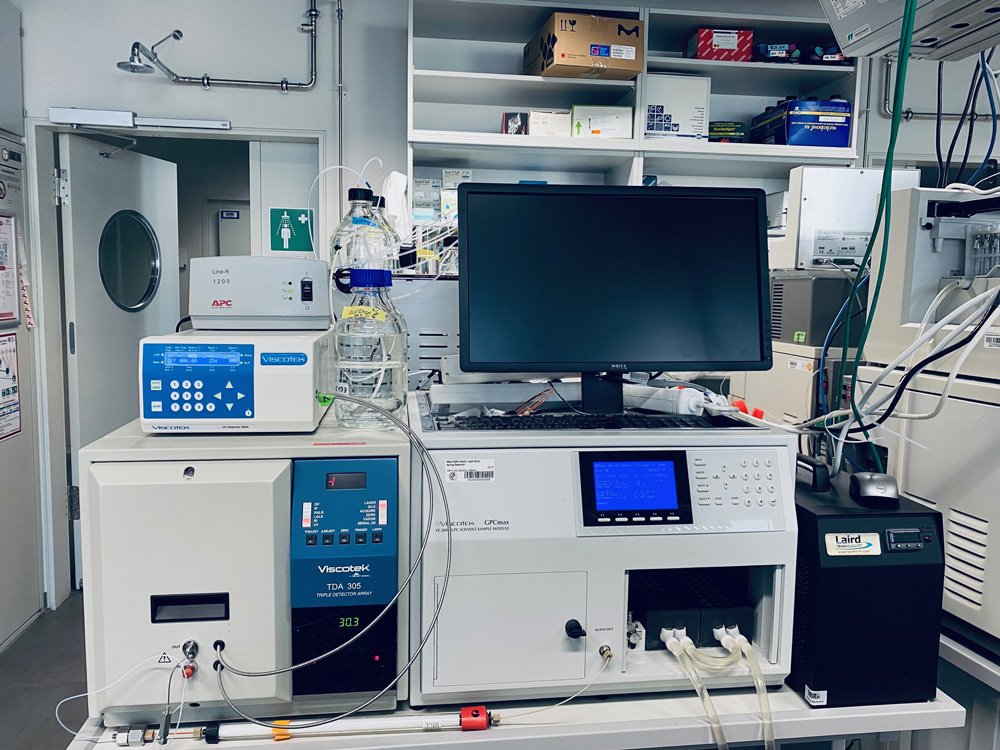
an analytical size-exclusion chromatography system combined with a static light scattering detector for determining sample monodispersity at a higher level as conventional SEC. The extension of SEC with SLS allows to move from estimating the apparent molecular weight to calculating the absolute molecular weight of your protein or protein-complex.
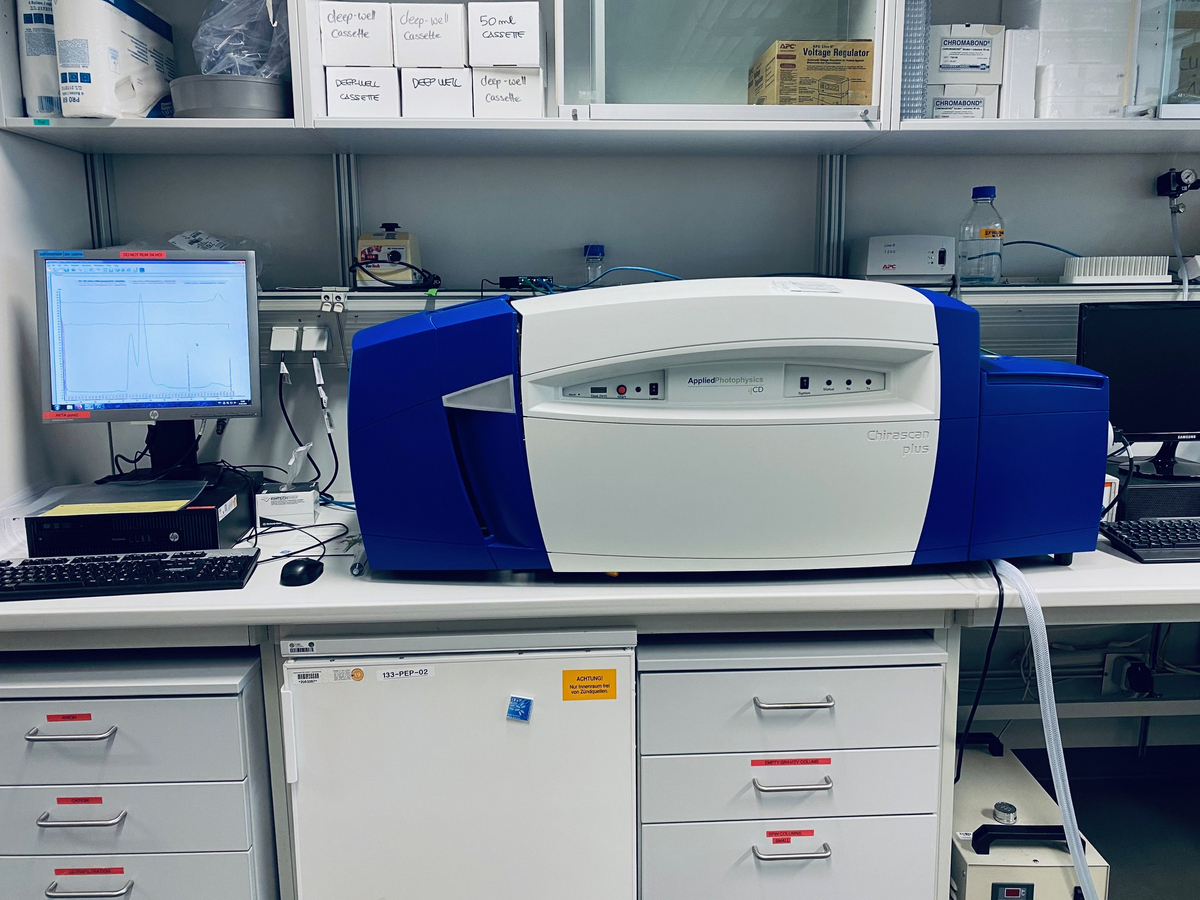
for measuring the secondary structure content, e.g., alpha-helices, beta-sheet, and disordered regions, of your target protein. Allows to assess protein stability towards chemical- and heat-induced denaturation.
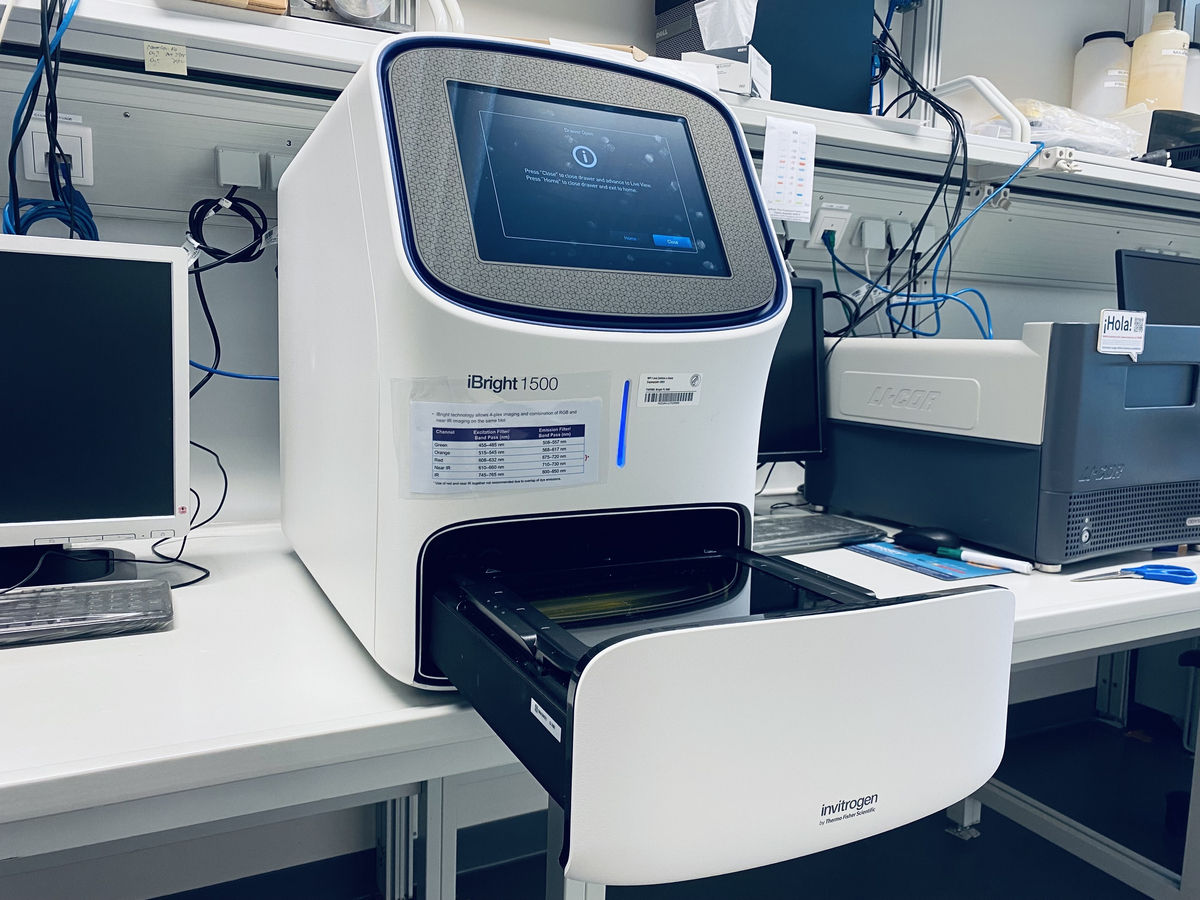
for high-resolution white light imaging of stained gels, for Western blots (chemiluminescent, fluorescent, or colorimetric), and for precise quantification of fluorescent signals in gels from a variety of fluorescent proteins or Alexa dyes (AF488/546/647/680/790).
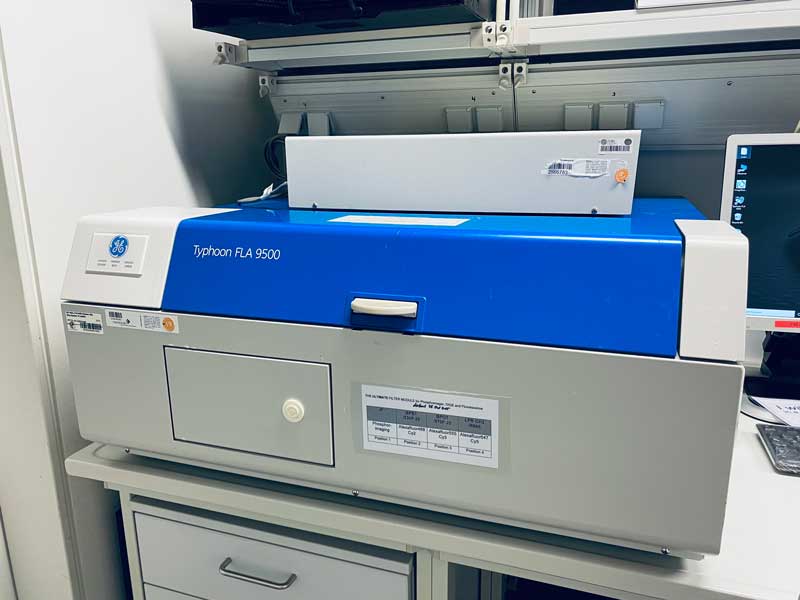
for precise quantification of bands on Western blots, EMSA’s, and protein bands in SDS-PAGE gels by measuring the intensity of fluorescent signals in the visible range of the spectrum, e.g., fluorescence from GFP, Cy dyes (Cy2/3/5), and Alexa dyes (AF488/555/647). Allows detection of radioactive material by phosphor-imaging as well.
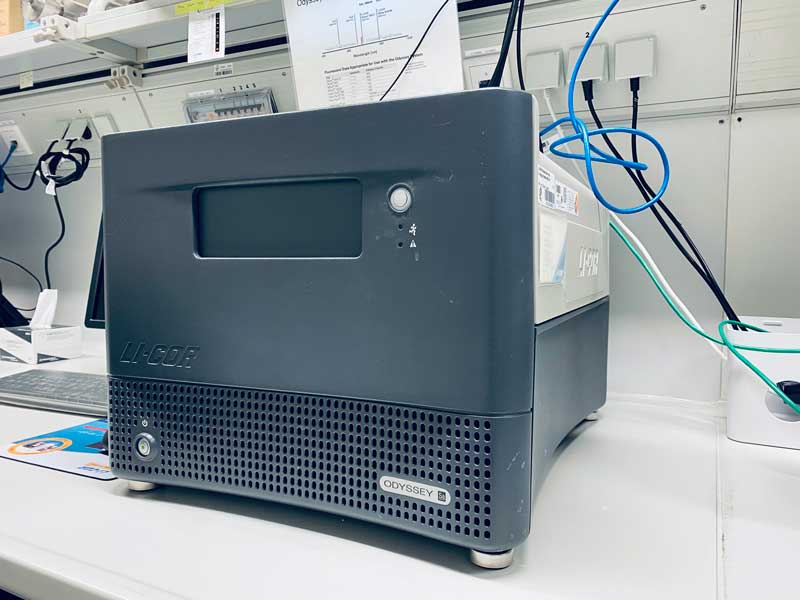
allows precise quantification of protein bands on Western blots and in SDS-PAGE gels by measuring the intensity of near-infrared fluorescent signals (excitation 685 or 785 nm).